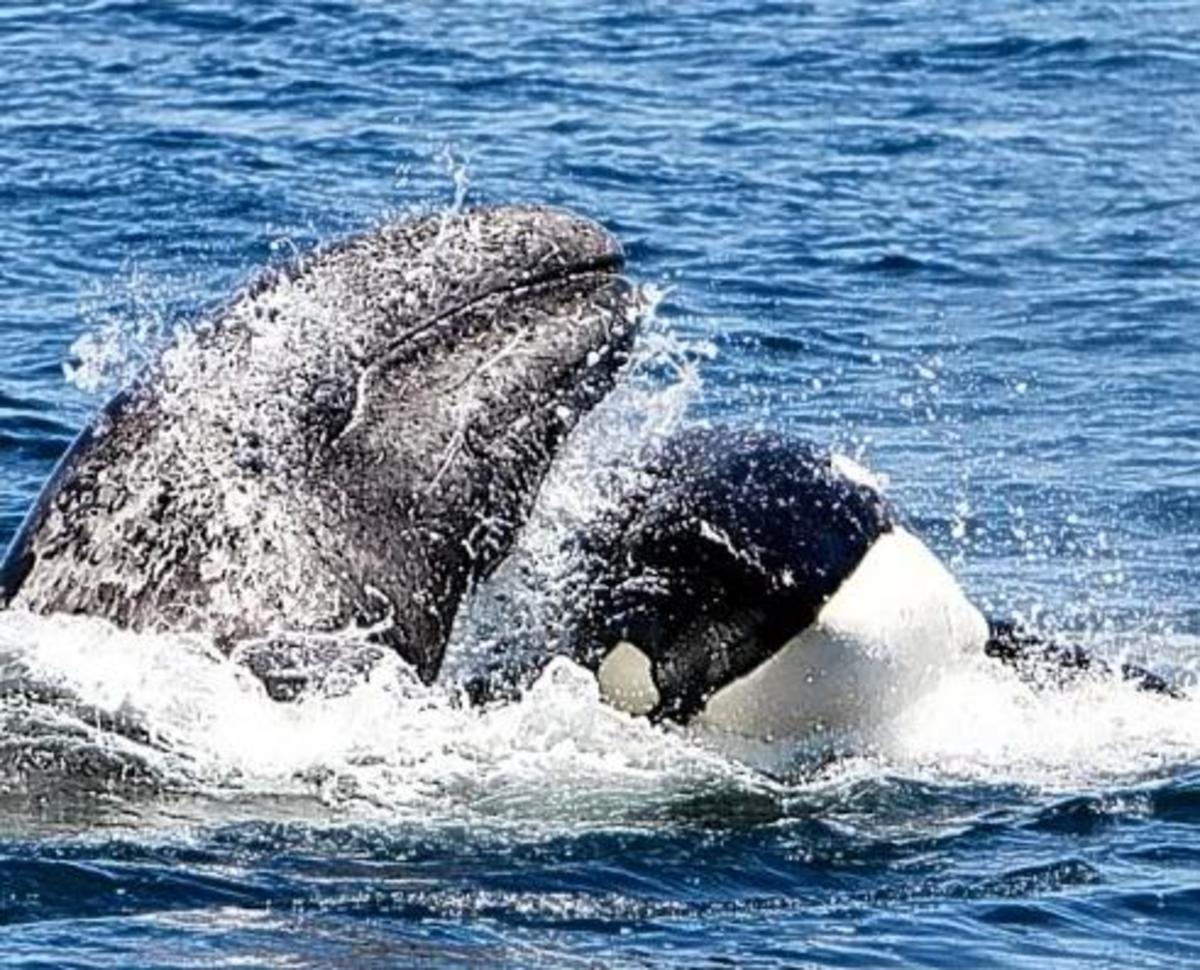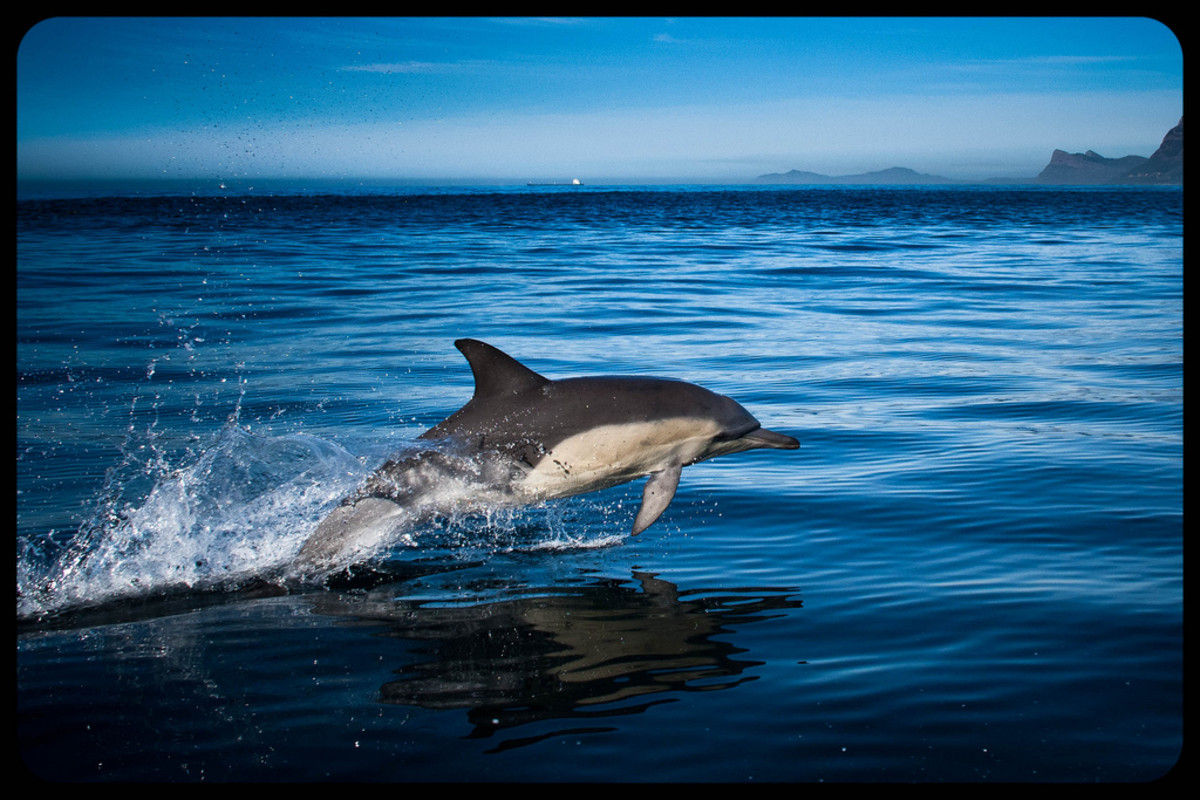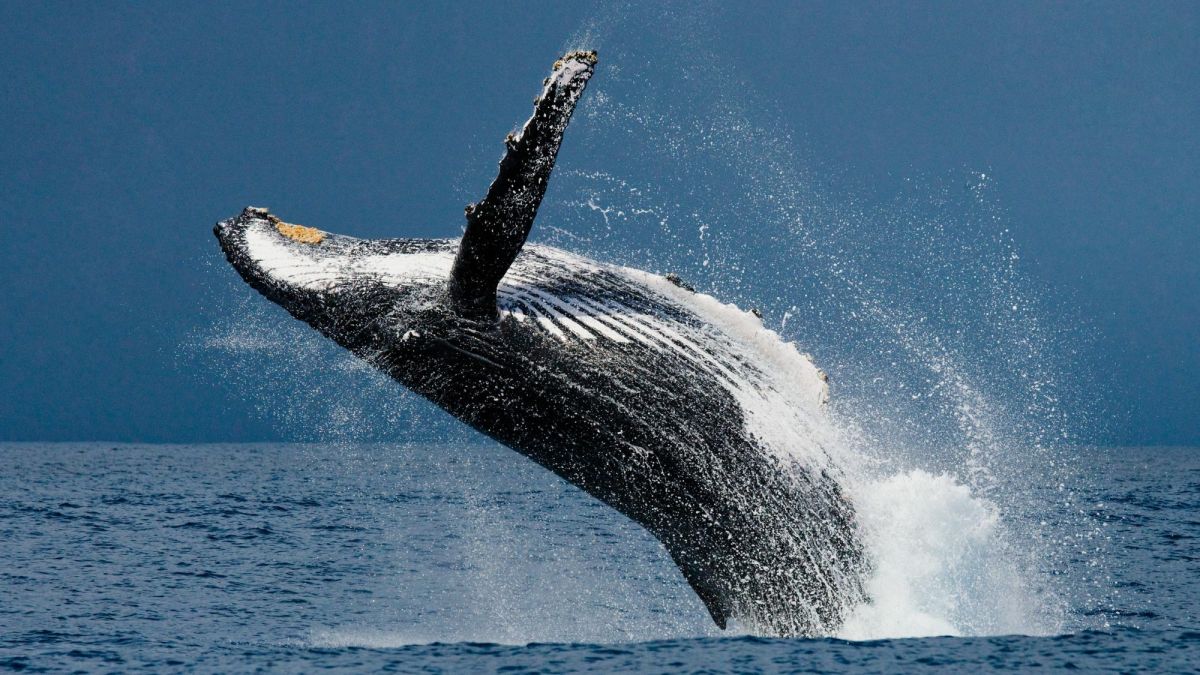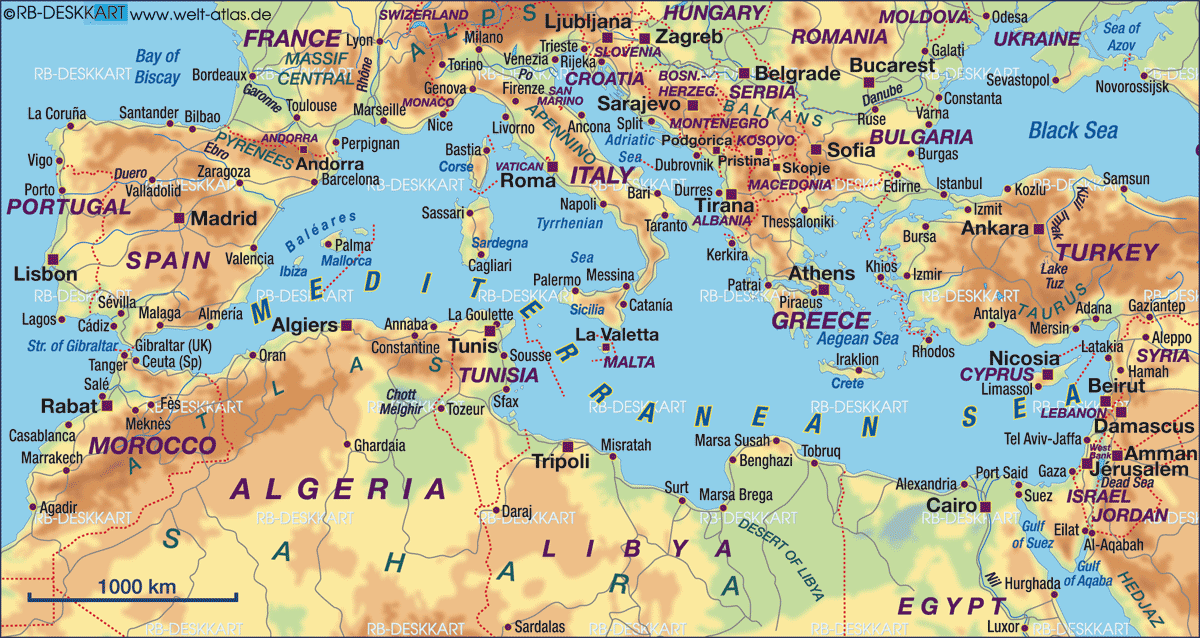- HubPages»
- Education and Science»
- Life Sciences»
- Marine Biology»
- Marine Life
The Sono-Pictorial Connection: A Study of Dolphin Communication
What is a Dolphin, and what features does it have?
- Cetacean - In the family of Delphinidae.
- Ancestors of Modern Dolphins originated around 55 Million Years ago.
- Equipped with a Over-sized Brain (Echolocation Properties)
- Can Heal from extreme wounds rather quickly/Rarely Hemorrhages from Wounds (Currently unknown as to why this happens)
- Very Social Mammals (Can live with Pods up to 12 dolphins each/Family Structure with high emotional morals for others)
An Introduction to Dolphins
Cetaceans, or mammals that live underwater, are comprised of Dolphins and whales among others similar in genetic structure. In the case of Dolphins, the various species of dolphins lay around 40, expressing individuality and family within their society to a very moralistic nature. There is something that is different within dolphins, that is their brains are capable of consolidating sonar, a echo-location sensory coupled with a process known as "Click-Pulse".
Both of these features help to produce a semi-holographic sonic representation, the process in which a dolphin can allocate sound to produce a image that is believed to represent visual language. In this regard, Dolphins have become what scientists have dreamed of accomplishing: The search for intelligent life that unfolded before one scientists eyes, and we didn't even have to leave the planetary realm of earth.
The Acoustic Research of Jack Kassewitz with Dolphins
Jack Kassewitz, a scientist that focuses heavily on the echo-relocation possibilities within Dolphins and their relationship to humans. From an early age, Jack has had a intriguing interest towards musical theory, over time becoming fascinated by the facets of Dolphin communication. Along with his wife, Donna Kassewitz, both have begun the Speak Dolphin Project, which found a breakthrough in it's research below:
"In his bid to “speak dolphin” Jack Kassewitz of SpeakDolphin.com, based in Miami, Florida, designed an experiment in which he recorded dolphin echolocation sounds as they reflected off a range of eight submersed objects, including a plastic cube, a toy duck and a flowerpot. He discovered that the reflected sounds actually contain sound pictures and when replayed to the dolphin in the form of a game, the dolphin was able to identify the objects with 86% accuracy, providing evidence that dolphins understand echolocation sounds as pictures. Kassewitz then drove to a different facility and replayed the sound pictures to a dolphin that had not previously experienced them. The second dolphin identified the objects with a similar high success rate, confirming that dolphins possess a sono-pictorial form of communication. It has been suspected by some researchers that dolphins employ a sono-visual sense to ‘photograph’ (in sound) a predator approaching their family pod, in order to beam the picture to other members of their pod, alerting them of danger. In this scenario it is assumed that the picture of the predator will be perceived in the mind’s eye of the other dolphins." (SpeakDolphin.com)
Within the first parts of the experiment, it was noticable in revolutionary terms the ability for the Dolphin to recognize the sono-pictorial sonic representations. After the 87% accuracy found within the first set of tests, Kassewitz continued a bit further, explaining the science of it found below:
"When Reid imaged the reflected echolocation sounds on the CymaScope it became possible for the first time to see the sono-pictorial images that the dolphin created. The resulting pictures resemble typical ultrasound images seen in hospitals. Reid explained: “When a dolphin scans an object with its high frequency sound beam, emitted in the form of short clicks, each click captures a still image, similar to a camera taking photographs. Each dolphin click is a pulse of pure sound that becomes modulated by the shape of the object. In other words, the pulse of reflected sound contains a semi-holographic representation of the object. A portion of the reflected sound is collected by the dolphin’s lower jaw, its mandible, where it travels through twin fat-filled ‘acoustic horns’ to the dolphin’s inner ears to create the sono-pictorial image.”(SpeakDolphin.com)
Through his research, it has become apparent that the link between Dolphin's and Humans, both mammals in concept, have become much stronger in both language and communication interpretations on a inter-species level. Although there are other scientists and pioneers such as John C. Lily, who researched consciousness and psychedelic drugs with their relationships on Dolphins or Dr. Randy Wells; a once Mote Marine Laboratory manager and pioneer in Dolphin sociological impact studies.
Jack Kassewitz working on Dolphin Communication
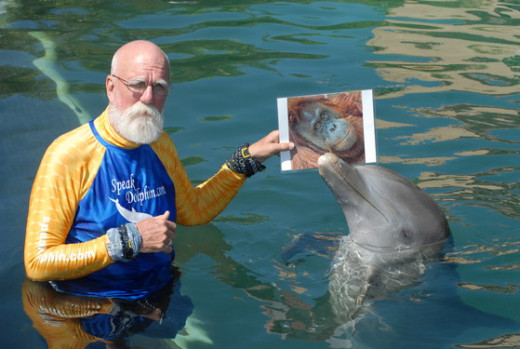
Dolphin Embryo at Five Weeks
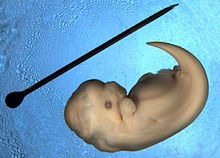
How does Echolocation work in Dolphins?
Echolocation is a sort of biological sensing device comprised of CF (Greater Distance) and FM (Hunting Close Prey) signaling that can define either precise object permanence or levels of depth or altitude. In order to make these work, Dolphins use their jaw and teeth to cause a vibration function, eventually causing a reaction with synapse over-firing in the neural network of a Dolphin's brain. In turn, the Dolphin can then emit a high functioning sonar beam that act as language patterns through sound in which to communicate with the pod, or to find their prey, a multiple option biological tool.
How Do you feel about this Article on Dolphins?
What parts make Echolocation possible in Dolphins?
- All Teethed Cetaceans have Echolocation Properties
- Phonic or Sonic Lips (Blowhole) (Dolphins have a Vocal Fold, or collapse in the Vocal Cords found in Land Mammals).
- Nasal Sacs (Allow for sound movement across the phonic/sonic lips) (Found inside the Blowhole Cavity, Once nostrils as found in humans)
- Larynx (Found to Create the Whistling Sounds)
- Click Sounds range around 220 decibels in Dolphins (Range Between 40-70 Microseconds ).
- Melon (Fatty Tissue comprised of Special lipids in which the harmonics are carried through to help pulsate sound)
Echolocation Overview
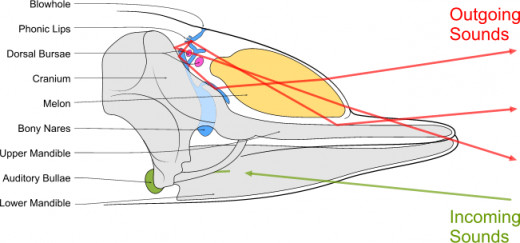
In Conclusion, there is so much potential that has been forming about Sono-Pictorial studies within Dolphin Pods and it's meanings. With scientists like the Great Jack Kassewitz, we may just start to get answers from our Marine "Man's Best Friend", from simple emotional responses to intelligence that we may not have realized they truly had. What great potentials can you see coming from this research? What could come from resulting Inter-specie socio-cultural integration and developments? Nothing is known for certain, but what is currently being researched is the backdrop, or the equivalent of the Wright Brothers taking their first flight but with communication through sound waves, a revolutionary development.
If you liked this scientific article on Dolphins and Communication, check out more below:
- Genetic Memory: How is it found in biological perspectives?
Ancestral Recollection, Genetic memory that is the notion in which an individual displays unconscious instinct. What exactly is Ancestral Recollection, and how does it relate to our species or others - The Black Widow: A Fatal Attraction
Do you know what a Black Widow is? It's a spider known to have some of the most dangerous neurotoxins known to man, and can kill a human within days, unless one gets immediate medical help. - Why Do Some People Think Dolphins are Smarter than Humans?
Analyzing the lack of skepticism and common sense regarding the intelligence of dolphins and humans. - Wilhelm Wundt: The man who pioneered Psychology & Experimental Introspection
Have you ever wondered who actually began to pioneer the field of psychology, the man behind Introspection? Wilhelm Wundt was a psychologist, physician, and Author, a true trend-setter in Germany. - Amazing Facts about Dolphins
Dolphins are wonderful animals that seem to be very intelligent and friendly, characteristics that have fascinated humans for centuries. Dolphins Facts and Information



